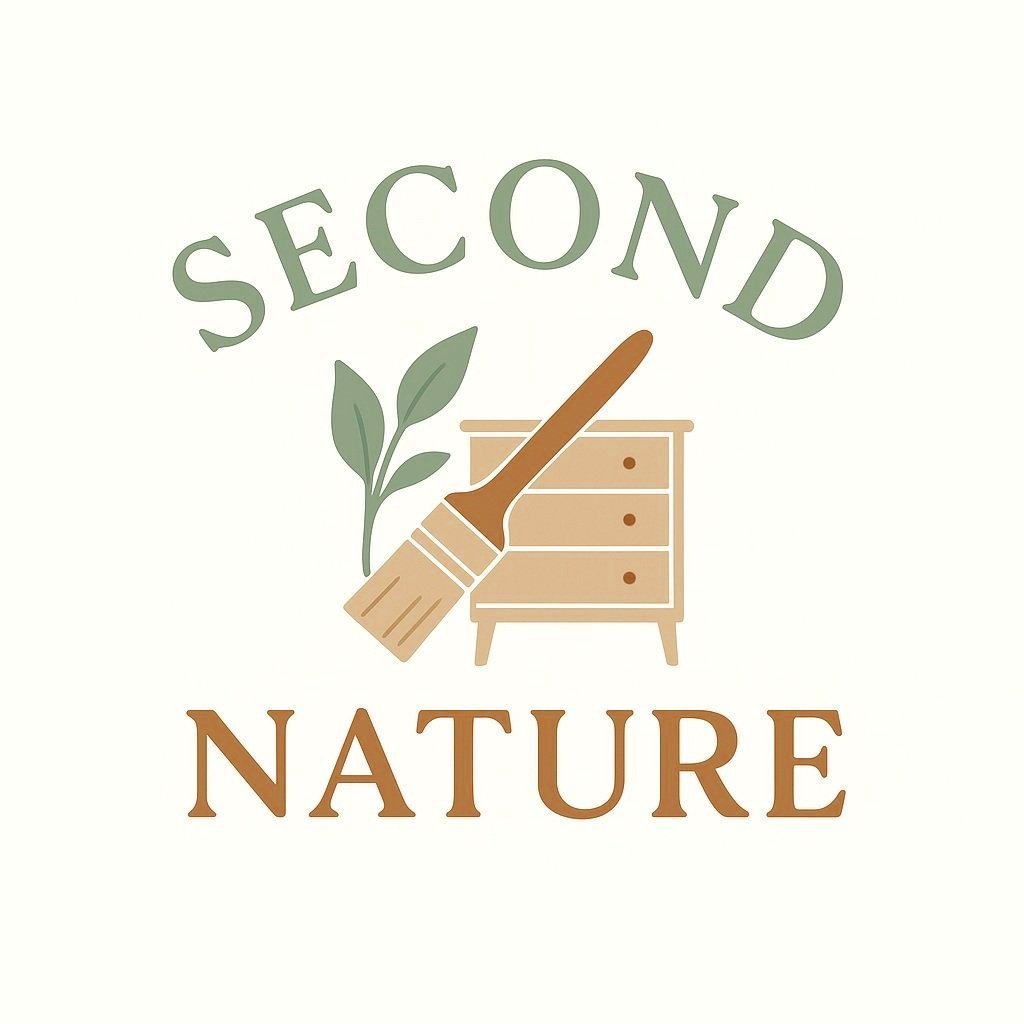What’s the Difference Between Refinishing and Upcycling?
Let’s face it: the world of furniture restoration is full of buzzwords—refinished, restored, repurposed, upcycled—and they don’t always mean the same thing. If you've ever scrolled through a listing and wondered why one painted dresser costs $150 and another similar one is $750, you're not alone. The difference often comes down to one key thing: how much time, care, and craftsmanship actually went into the piece.
So let’s break it down.
Refinishing = Returning to the Original Look
Refinishing usually means stripping a piece down to its bare wood and reapplying a finish—like stain, paint, or sealant. The goal is to restore it to how it originally looked (or close to it), while repairing scratches, chips, and worn-out surfaces along the way.
Think of it as bringing a vintage dresser back to its original mid-century walnut glory. It’s detailed work that takes time and skill, but it’s not about reinventing the piece—it’s about reviving what was already there.
Upcycling = Reimagining the Piece Entirely
Upcycling takes it a step further. It’s not just about repair—it’s about transformation. When I upcycle a piece at Second Nature, I’m not just giving it a touch-up—I’m giving it a whole new life.
That might mean:
Updating the hardware
Changing the function (like turning a dresser into a bathroom vanity)
Applying bold or earthy colors
Pairing modern finishes with vintage shapes
Using eco-friendly paint and water-based sealers to make it healthier for your home and the planet
Upcycling adds creative value, not just cosmetic upgrades.
What I Actually Do at Second Nature
Most of my work blends refinishing and upcycling. I might sand a piece down to bare wood for a fresh start, but then I’ll introduce an entirely new aesthetic—think soft sage tones, modern brass knobs, or a two-tone finish that highlights the wood grain in unexpected ways.
Every piece is:
Deep-cleaned and repaired
Sanded (or carefully scuff-sanded for veneer)
Primed and painted with low-VOC, water-based products
Finished with eco-conscious poly sealers
Given thoughtfully selected hardware that fits the vision
It's not just about making it pretty—it's about making it last.
Why It Matters When You're Shopping
When you’re buying a Second Nature piece, you're investing in:
Sustainability (less landfill waste, fewer fast furniture purchases)
Longevity (proper prep = no peeling paint next year)
Originality (your piece doesn’t exist anywhere else)
Design (thoughtful color, texture, and finish choices)
It’s not a slap of paint and a trendy reel—it’s artistry, sustainability, and soul in one.
The Takeaway
Refinishing preserves history.
Upcycling reimagines it.
At Second Nature, I do both—because beautiful furniture shouldn’t come at the planet’s expense, and it should feel like you.
So whether you’re shopping ready-to-style pieces or dreaming up a custom order, now you know exactly what goes into it—and why it’s worth every step.
Looking for custom upcycled furniture in NYC? Explore Second Nature’s signature pieces or book a free consultation to start your own transformation today.
